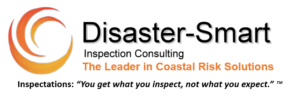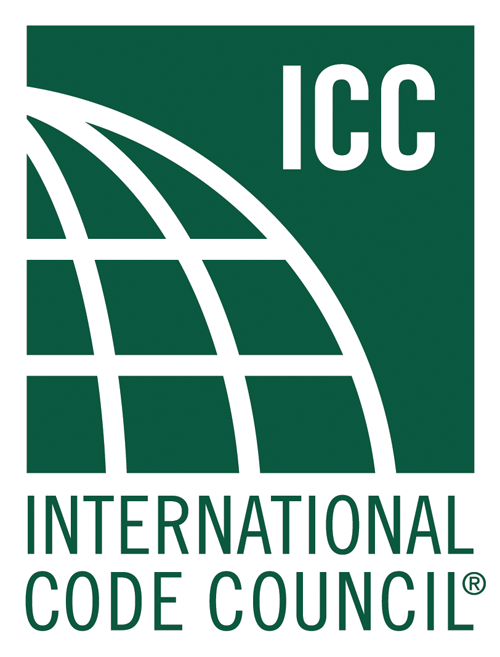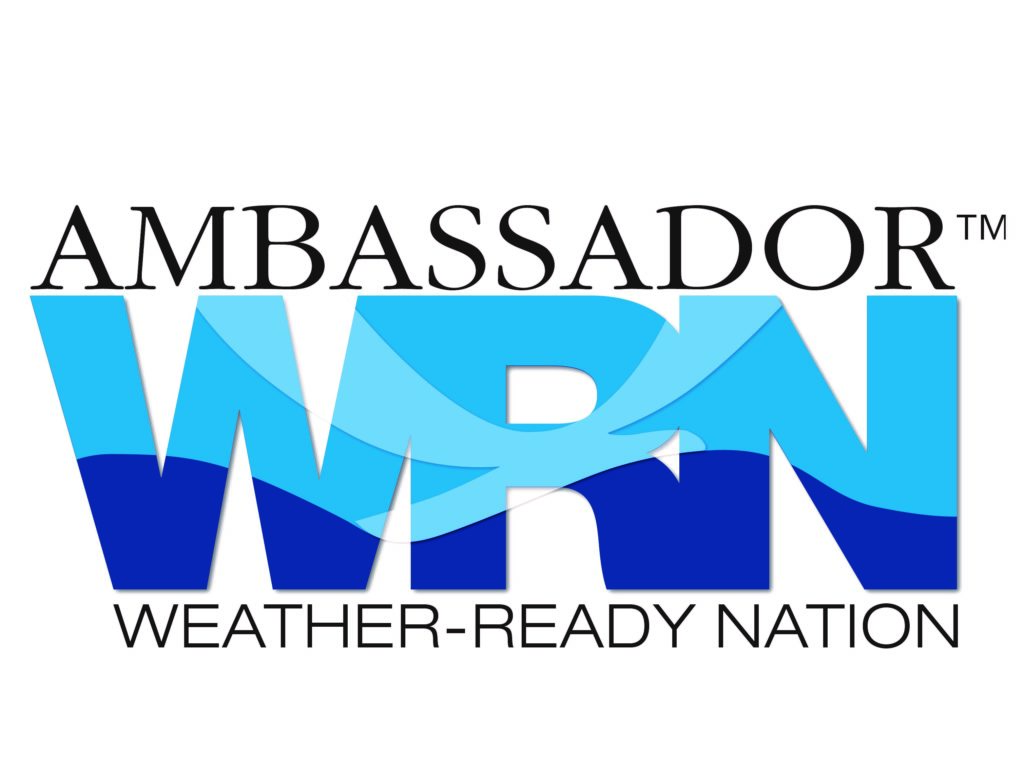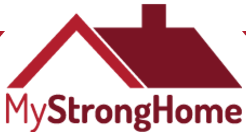BUILDER
These standards help prevent losses and promote recovery from hurricanes, wildfires, earthquakes, and more.

The National Oceanic and Atmospheric Association (NOAA) declared 2017 the most expensive year on record for weather and climate disasters, with damage costs totaling $306.2 billion. The collective $265.0 billion cost of Hurricanes Harvey, Irma, and Maria alone–wildfires, tornadoes, and droughts aside–shattered the previous record for disaster-related expenses in a full year, $214.5 billion in 2005.
Following an increased frequency of dramatic climate events, engineers, designers, and builders are evaluating their building practices to ensure life and property is protected in the event of a major weather or climate disaster. The following resiliency standards point to vulnerabilities in design to help mitigate risk, prevent losses, and promote quick recovery from hurricanes, wildfires, earthquakes, and more.
LEED Pilot Credits
The USGBC’s LEED program recently adopted three pilot credits developed by the Resilient Design Institute. The credits help building designers, planners, and owners recognize design vulnerabilities and address risks related to a wide range of natural disasters and longer-term climate change. Buildings are also assessed for their resiliency in the event of a long-term heating or power outage. The pilot credits apply to all LEED Building Design and Construction, Home, and Mid-Rise Residential rating systems.
USGBC + RELi
The USGBC has also adopted RELi, a resilient construction standard initially developed in 2012 by a group of experts, professionals, and graduate students. RELi uses LEED’s prerequisites for sustainable practices and adds criteria such as adaptive design for extreme climate events, access to emergency supplies following these events, and resilient food production on a community level.
FORTIFIED Home
The Insurance Institute for Business & Home Safety (IBHS) launched the FORTIFIED Home program to offer single-family builders and remodelers resilient engineering standards at a low price point. The guidelines help strengthen homes from hurricanes, wind, hail, and severe storms according to three designated standards. The Bronze Level evaluates the roof system while Silver adds windows, doors, and attached structures. The Gold standard evaluate resiliency of the home as a whole system.
National Green Building Standard
The National Green Building Standard (NBGS) certification from Home Innovation Research Labs holds single-family and multifamily buildings to high performance standards in site design, resource efficiency, water efficiency, energy efficiency, indoor environmental quality, and building operation and maintenance. NGBS promotes sustainable and durable building, as well as responsible land development practices.
International Wildland-Urban Interface Code
Most homes that are destroyed in wildfires sit in areas where the built environment meets undeveloped wildland, also known as the wildland-urban interface. The International Code Council (ICC) developed the International Wildland-Urban Interface Code (IWUIC) in 2015 to address vulnerabilities in these areas due to outdated standards. The IWUIC supplements building and fire codes from local jurisdictions, requiring protected water and service access, ignition-resistant construction materials, vegetation management, and other location and design standards.
REDi Rating
According to engineering consultant firm Arup, current building codes focus primarily on protecting lives during an earthquake while allowing extensive damage to structural, architectural, mechanical, electrical, and plumbing components. Arup developed the REDi (Resilience-based Earthquake Design Initiative) Rating System to provide owners, architects, and engineers a design framework that allows life and business to resume with minimal disruption after an earthquake.
Resilient Alliance
The International Code Council (ICC) launched the Alliance for National & Community Resilience (ANCR) to develop a benchmark that will help cities and communities address vulnerabilities in their buildings, water, and energy infrastructure. The ANCR resilience benchmarking system encompasses housing, water, food distribution, energy, public safety, transportation, and more, to help policymakers and leaders make informed decisions that will create more resilient communities. The alliance is made up of a diverse group of foundations, private sector, and government partners.
Enterprise Green Communities
Low-income communities are often on the front lines of weather events, since many are built on vulnerable land because it’s cheaper. Affordable housing lender Enterprise Community Partners developed its Green Communities checklist to improve the health, sustainability, and resiliency of new and existing affordable housing facilities. In addition to design and operations guidelines, the criteria include multifamily-specific recommendations such as designating a community room that can become an emergency hub, providing residents access to information, power, potable water, and locally sourced food.
Whole Building Design Guide
The Whole Building Design Guide (WBDG) is an online resource offered by the National Institute of Building Sciences (NIBS). It provides government and industry professionals up-to-date recommendations on creating resilient, high-performance buildings. The WBDG includes resources on hazard-specific resilience considerations, good practices in resilience-based architectural design, and even crime prevention through environmental design.
Green Building Initiative
The Green Building Initiative (GBI) is a nonprofit that promotes efficient, healthy, sustainable, and resilient building practices through education and certification. Its Green Globes certification program is a practical and cost-effective tool available to commercial or multifamily owners and facility managers. The rating assessment, guidance, and certification program ensures projects of any type, size, and budget can achieve energy conservation, lowered water consumption, responsible use of materials, and resiliency.
Resilience LA
USGBC’s Los Angeles chapter developed the Building Resilience: LA guidebook to help property owners and organizations incorporate resilient principles into their management, operations, and maintenance. The guidebook aims to help both for-profit and community-based organizations achieve resiliency amid climate change, earthquakes, droughts, power outages, and more. It includes a step-by-step process to evaluate risk, implement sound structural solutions, and build community.








